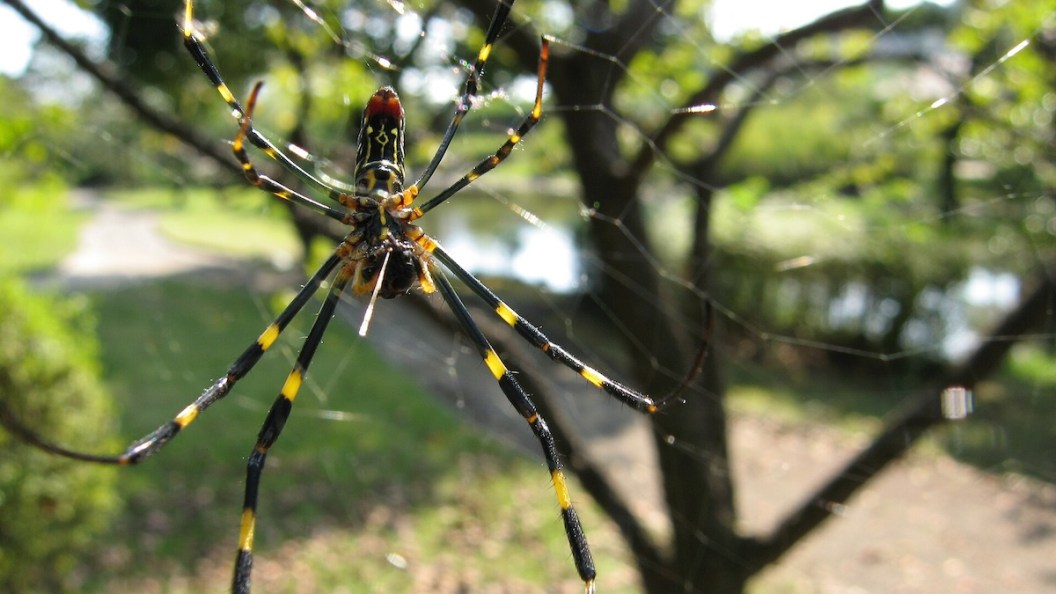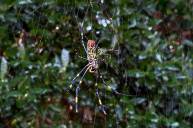If you've ever encountered a Joro spider, it probably freaked you out. What's more, you're probably seeing reports calling them huge, colorful, extremely venomous, volant, and about to invade the northeast corner of the United States this summer. But experts say they're also misunderstood, which is why we put together this list of factoids. Here are five things to know about Joro spiders.
1. They look scary but aren't
The first thing to get out of the way is that Joro spiders look scary and when people talk about them, they sound scary, but experts say they aren't scary. Experts describe them as skittish and they are venomous, but it only affects the things they eat. David Coyle, an entomologist and professor at Clemson University, explained that there's "no evidence that it's a danger to people or pets and there's no evidence that it can even bite through human skin."
2. They're native to East Asia
Experts say the Joro spider, also known as the Trichonephila clavata, arrived in the U.S. circa 2013 most likely from a container ship from Japan, China, Taiwan, or Korea, that was headed for Atlanta. Since their arrival, they've been seen in both Georgia and South Carolina. While you might think that they like warmer weather, experts say they may tolerate freezing temperatures. No matter the state or country, they typically set up shop along wooded trails, backyards, or porches.
3. They're an invasive species
Given that they're from East Asia, they're considered an invasive species in the U.S. In fact, most of the information you'll find online comes from pest control companies. Experts say they're extremely common now because their populations have exploded, but they're not entirely sure if they're causing damage to ecosystems. "Spiders are indiscriminate prey-takers, meaning whatever flies into [their webs] is going to get captured and eaten," Coyle said. He added, "These things eat whatever things fly in [their webs]." The concern, however, is if they're eating more of one species and/or pushing out native spiders. "We don't have the answer to those questions yet," he said.
4. They look like some native spiders
Joro spiders have black and yellow bodies, but so do banana spiders and yellow garden spiders. So how do you tell the difference? While Joro spiders have a red mark on their underbelly, you generally tell the difference by their size. A Joro spider's body typically measures 1 inch in length and their legs 3 to 4 inches. Banana spiders have a longer body and legs while garden spiders are shorter.
5. They can fly, sort of
Joro spiders can fly like humans fly. They create tools that take advantage of the natural environment. In other words, they build what can only be described as a parachute out of web that catches wind and pulls their light body through the area. Using this tactic, they can fly upwards of 100 miles.
If you encounter a Joro spider, Coyle suggests rather than killing it, you just relocate it. "The easiest thing you can do is take something like a broom, simply get the webs and the spider, and move it somewhere else," he said. He added that if you want to do more, you can help researchers by filing images and information to the website iNaturalist.




